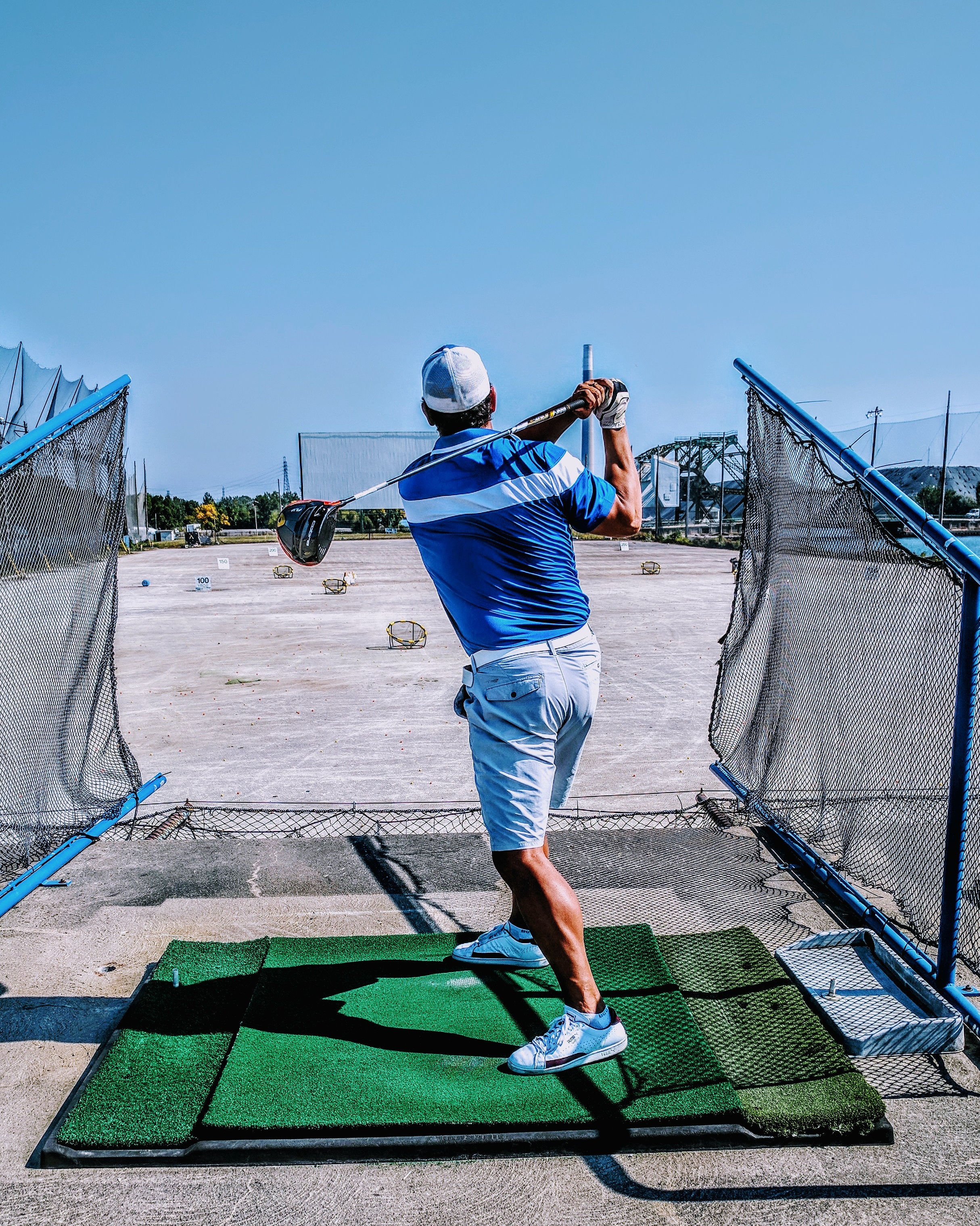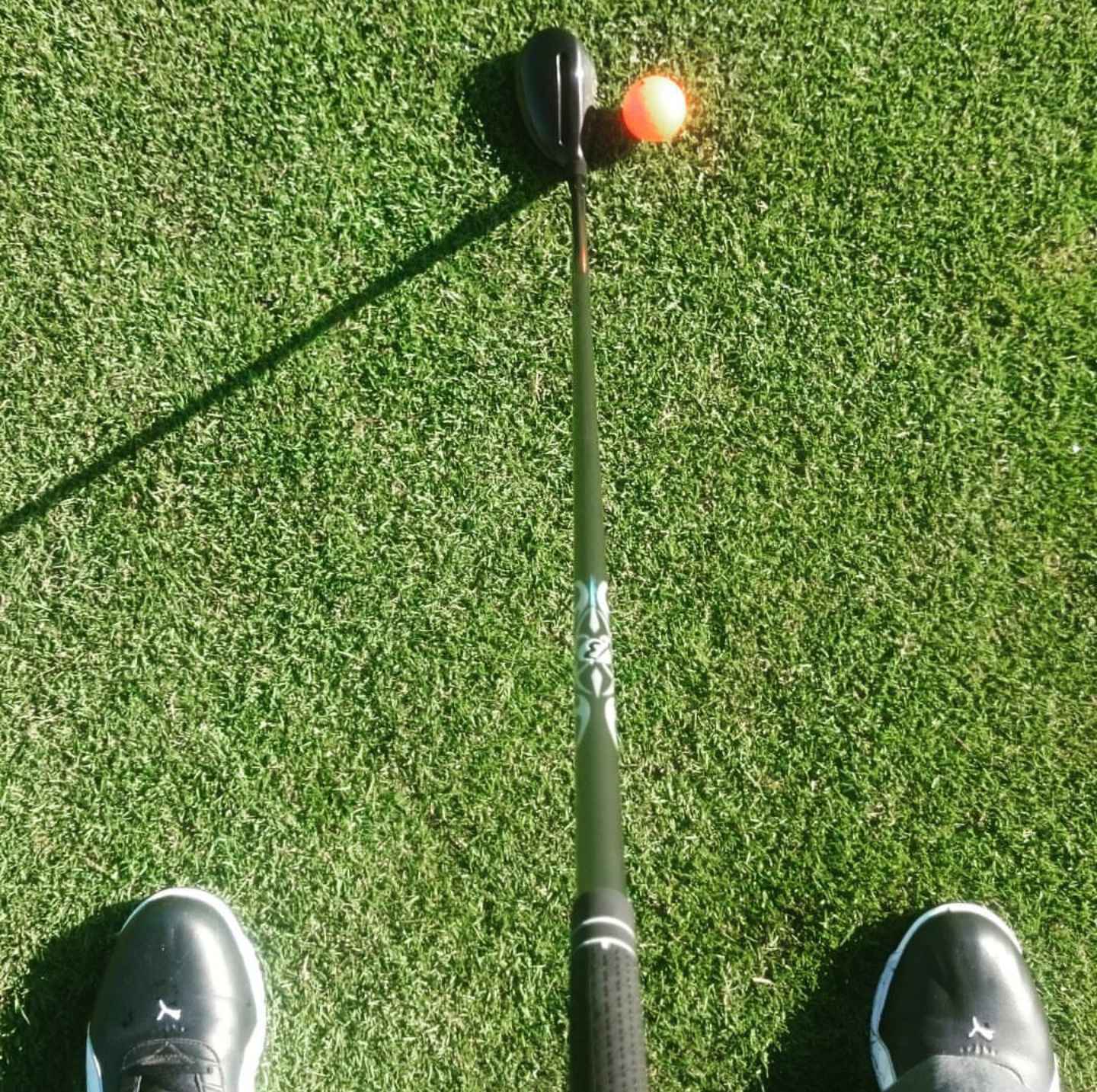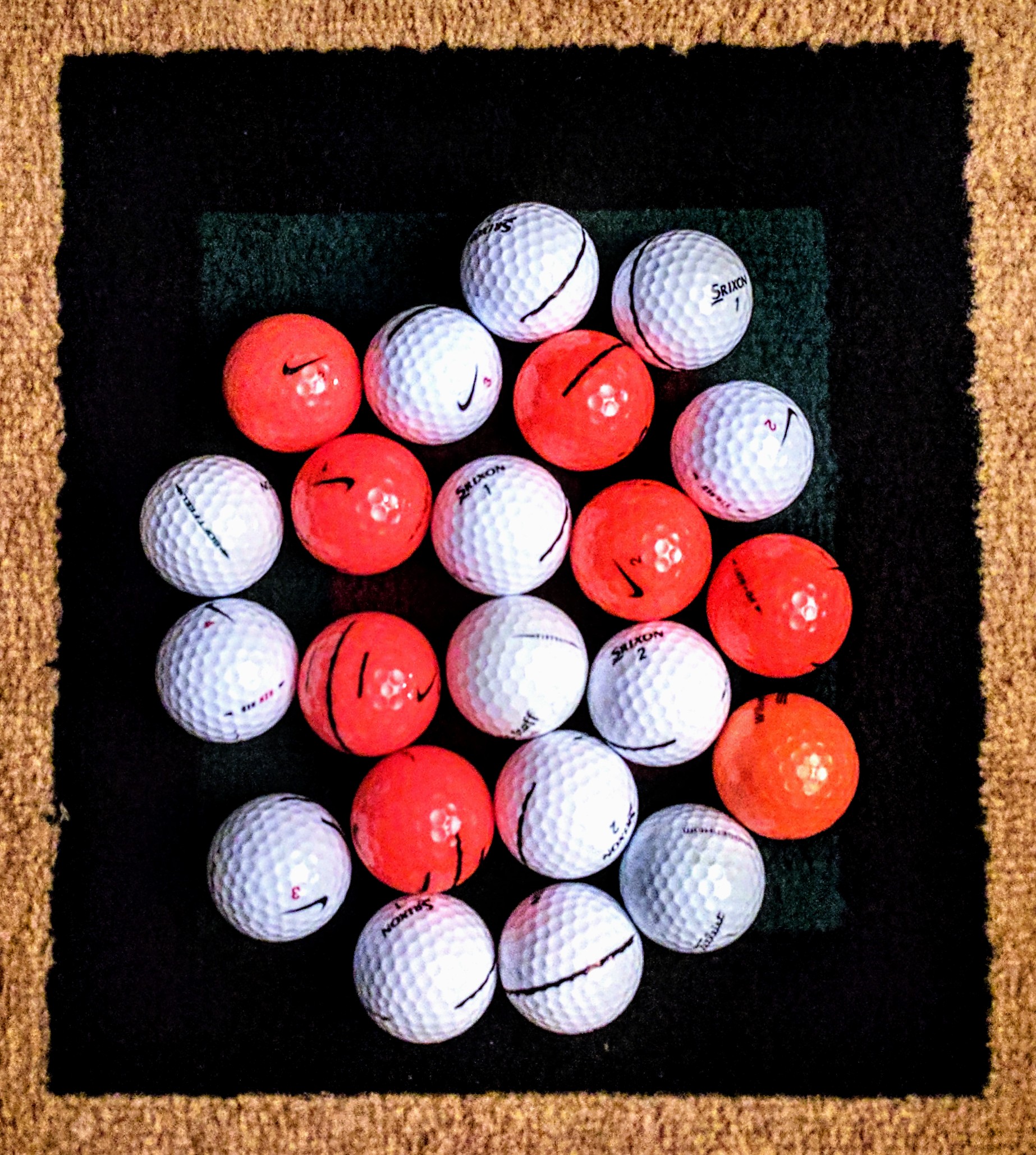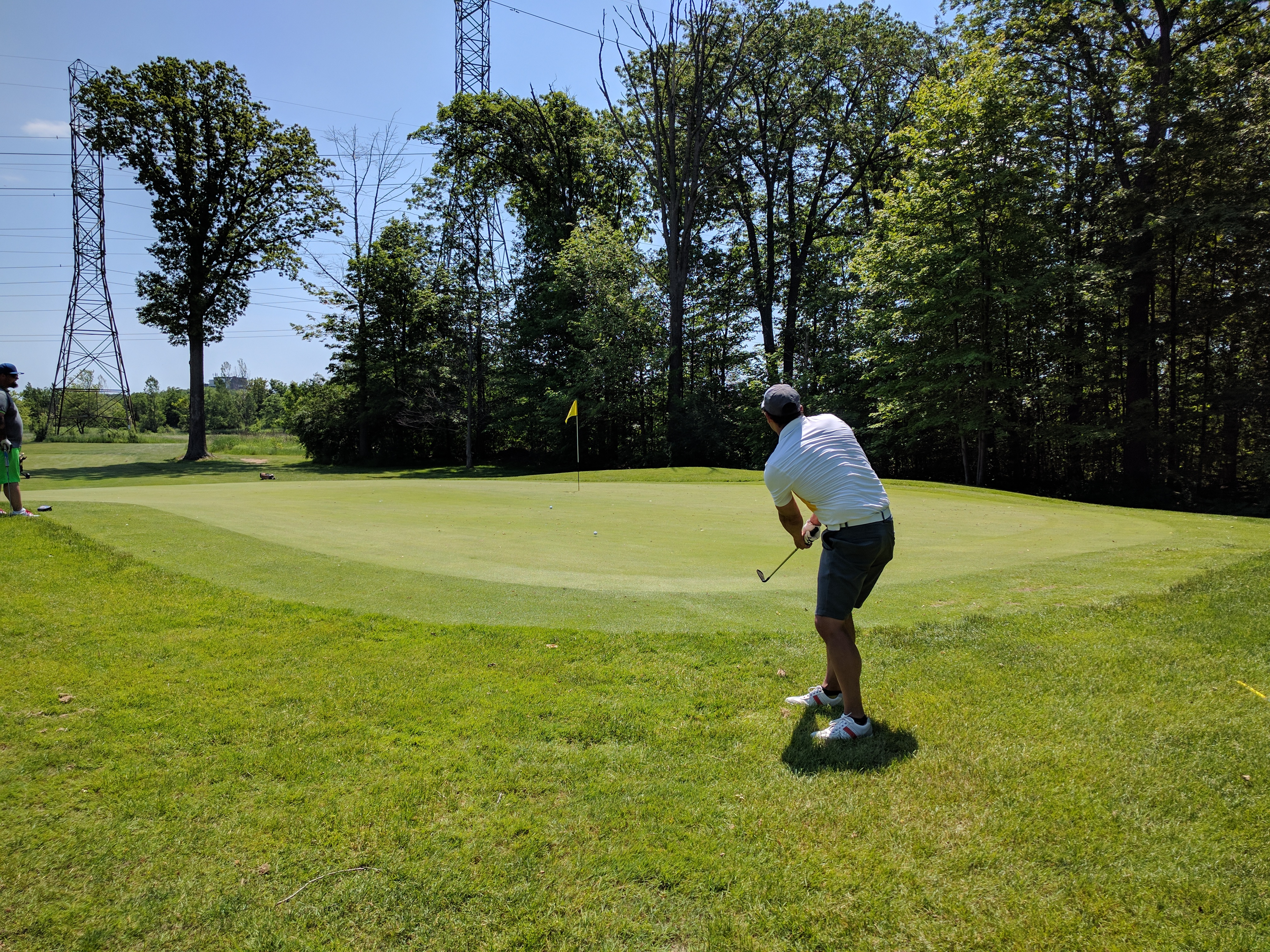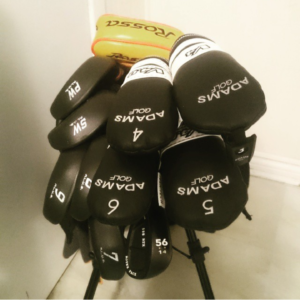Your go to clubs
Every one of us has a couple of clubs in their bag that we can’t seem to ever hit poorly. These are our go to clubs. One of mine is my 52 degree MacGregor VIP Wedge. A full swing will allow me to carry the ball about 82 yards with around 2-3 yards of roll out. I can muscle it up to 92 yards with maybe 2 yards of roll out. I can also swing easy and hit it about 78 yards with a couple yards of roll out. I know this because I use it so often in any number of situations. There are very few clubs that I will choose to muscle for additional distance. My Gap Wedge is one of them, and my 3 Hybrid is the other. My first full year playing Golf, the longest club in my bag was my 3 Hybrid. You learn to muscle your longest club. Especially when you usually hit it about 180 yards, and you need to hit your Tee shot 190 yards just to reach the Fairway. It’s one of the only clubs in my bag that I can affectively shape my shot with. If I need to hit a long low stinger to stay out of the wind. The only club I would consider is my 3 Hybrid.
Having that kind of confidence can only help your game right. Sure it does. Knowing that you can make those shots will definitely help you work your way around a course. What you may not realize is that you could also be limiting your opportunities by leaning on those particular clubs. I’ve caught myself doing it at times. Teeing off with my 190 yard 3 Hybrid when I could aim for an equally wide portion of the Fairway with my 205 yard 3 Wood. Then having to cut the corner of a dogleg and carry my approach shot 160 yards. Instead of having a clear approach to the Green of only 145 yards. Just because I trust my ability with my 3 Hybrid more than I do with my 3 Wood. I’ve passed up trying to reach the Green in two after a great Tee shot, because I wanted to set myself up for a Gap Wedge approach from 85 yards. Chances are I wouldn’t have reached the Green, but I could have easily left myself with a 20 to 30 yard chip shot instead. Sound familiar to any of you?
Practice what you hate
Too often we go out to the Range, or spend an hour in the simulator hitting whatever we are best at. Marvelling at the distance, trajectory, and shot dispersion. We might shoot a short video or take a picture for posterity. I sure as hell do. It lets us know that we have improved, builds confidence, and shows others that we know what we are doing. To be honest though it doesn’t actually help us much. Don’t get me wrong, any practice is better than nothing. The problem with hitting your best shot during practice is that you should be using this time to improve your worst shots. Think about it. If you are nervous, or uncomfortable hitting difficult shots during Practice when the result doesn’t matter. How are you ever going to hit a successful one of those shots out on the course when it does matter? When I first began playing I’d only hit the clubs I was most comfortable with because I didn’t want to embarrass myself at the Range. It didn’t take long for me to realize that Range embarrassment is much easier to take than Course embarrassment. At that point I would bring the clubs I was struggling with, and one or two clubs I was confident with to the Range. That way I could switch back and forth between clubs I hit well, and clubs I don’t. Just so I wouldn’t get overly frustrated. It wasn’t long before I realized that I started every Range session with clubs I hit well “to loosen up”, and finished the Range session with the same club. I’d only hit a few of the clubs I’m struggling with in between. All that actually accomplished was to reinforce my opinion of which clubs I hit best. It was actually counterproductive. My last trip out to the Range I only bought one club along to practice with. I’ve been having trouble hitting my Driver with any degree of accuracy. So I went out to the Range with the sole purpose of fixing my issues with the least accurate club in my bag. It took about a full bucket to get my Driver swing to where I hoped it would be. The first 20 balls I hit we’re ugly, and that’s putting it lightly. If I had another club with me I would have probably given up, and switched to hitting that. I’m glad I didn’t because by the time I had finished my bucket of balls I couldn’t wait to Tee off with the big stick on a course.
What’s the goal?
Golf is simply just a series of choices. Each shot requires you to choose the right club, and choose the right shot. Then you just need to execute. In order to do this effectively you need to be able to treat every club in your bag as your go to club. That way it doesn’t matter the distance, situation, or lie. You will hit each and every shot with total confidence.
Beginner’s guide to Golf
